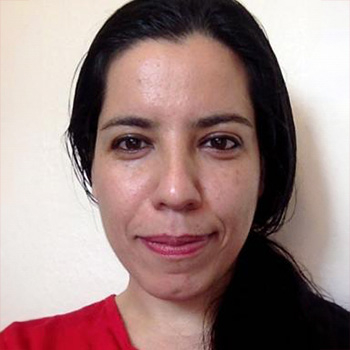Constructing Co-occurrence Network Embeddings to Assist Association Extraction for COVID-19 and Other Coronavirus Infectious Diseases
This on-demand webinar does not offer CE credit.
A JAMIA Journal Club webinar – part of AMIA’s COVID-19 Resource Center.
Oniani D, Jiang G, Liu H, Shen F. Constructing Co-occurrence Network Embeddings to Assist Association Extraction for COVID-19 and Other Coronavirus Infectious Diseases [published online ahead of print, 2020 May 27]. J Am Med Inform Assoc. 2020;ocaa117.
Watch the Recording
Presenters
Manager
Moderator
Statement of Purpose
Featuring a large number of scientific articles related to COVID-19, CORD-19 is a valuable resource that facilitates the research study of COVID-19 and related coronaviruses. CORD-19-on-FHIR is a Linked Data version of CORD-19. It is represented in the RDF format and provides an easy way to extract co-occurred associations (e.g., of chemicals, mutations, etc).
In this study, we applied an existing network embeddings model (node2vec) over a co-occurrence network derived from CORD-19-on-FHIR, in order to facilitate association detection and knowledge discovery for COVID-19 and related coronavirus infectious diseases.
Target Audience
The target audience for this activity is professionals and students interested in biomedical and health informatics.
Learning Objectives
The general learning objective for all of the JAMIA Journal Club webinars is that participants will
- Use a critical appraisal process to assess article validity and to gauge article findings' relevance to practice
After this live activity, the participant should be better able to:
- Identify and discuss the general process of constructing a co-occurrence network (in this case, using CORD-19-on-FHIR)
- Apply node2vec to generate co-occurrence network embeddings
- Demonstrate results with a web-based user-friendly tools
Commercial Support
No commercial support was received for this activity.
Disclosures for this Activity
These faculty, planners, and staff who are in a position to control the content of this activity disclose that they and their life partners have no relevant financial relationships with commercial interests:
JAMIA Journal Club presenters: David Oniani and Feichen Shen
JAMIA Journal Club planners: Michael Chiang, Travis Goodwin, Maryam Zolnoori
AMIA staff: Susanne Arnold, Pesha Rubinstein



